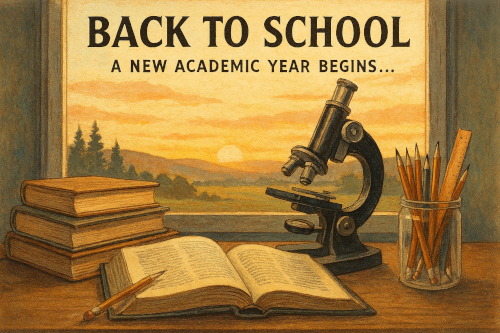New academic year!
Another summer has ended, and we are back to uncover and learn new things! With the start of the new academic season, I want to dedicate more time to a few research directions I have started but have not fully committed to.
Sadly, this means less time for Physics of Risk. While I do have a list of models and other curiosities to share with you (the readers of Physics of Risk blog), the time I can reasonably allocate to the blog grows scarcer. This year will be much slower in terms of the original and interactive content.
Thank you for reading the blog, and I wish everyone a productive and inspiring new academic year!

